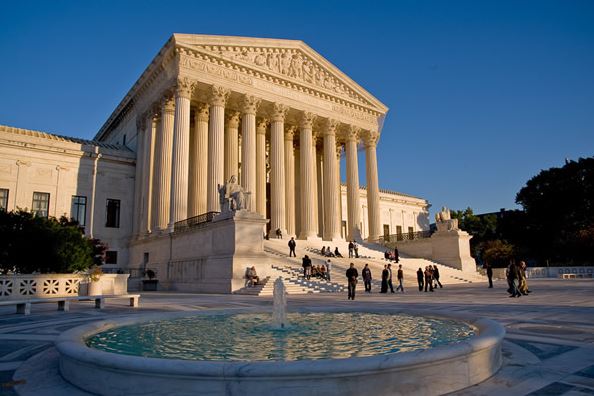A University of Connecticut-led research team won a $9.3 million grant from the National Institutes of Health, even as the National Science Foundation (NSF) reported Connecticut”™s funding to its primary public research university pales in comparison to a few states, including New York.
Brenton Graveley, a UConn Health Center professor of genetics and developmental biology, leads a team that will expand the Encyclopedia of DNA Elements, a catalog of functional elements that control the expression of genetic information in a cell. Graveley”™s team includes scientists from the Massachusetts Institute of Technology and the University of California San Diego.
Thanks to researchers like Graveley and cemented by Maine-based Jackson Laboratory”™s commitment to a $1.1 billion genetics lab in Farmington, UConn says it is winning recognition as a hub for genomics and “personalized” medicine tailored to individual”™s DNA makeup. Last month, UConn and Jackson Lab held a genomics symposium covering aging, cancer and a range of other topics.
“We”™re doing something very new here that will launch a new construct in American education and research,” said Jackson Lab CEO Dr. Edison Liu. “We”™re building one of the most innovative and forward-thinking genomics programs in the country, because we”™re starting from scratch.”
And while Connecticut ranks among the top states nationally for increasing state funding to its primary public research university ”“ UConn ”“ it pales next to New York, which nearly doubled its own commitment over an eight-year period studied by the NSF.
Connecticut increased its support for UConn 6 percent between 2002 and 2010, the second biggest increase among Northeast states after New York, which increased funding by 93 percent over the same stretch. Massachusetts cut funding 20 percent and New Jersey 27 percent.
New York led states for increasing funding on a per-student basis as well at 72 percent, while Connecticut cut funding by that measure 16 percent, thanks to a 26 percent increase in the size of UConn”™s student body.
NSF said in all but seven states, appropriations have either declined or have not kept pace with enrollment and inflation.


















